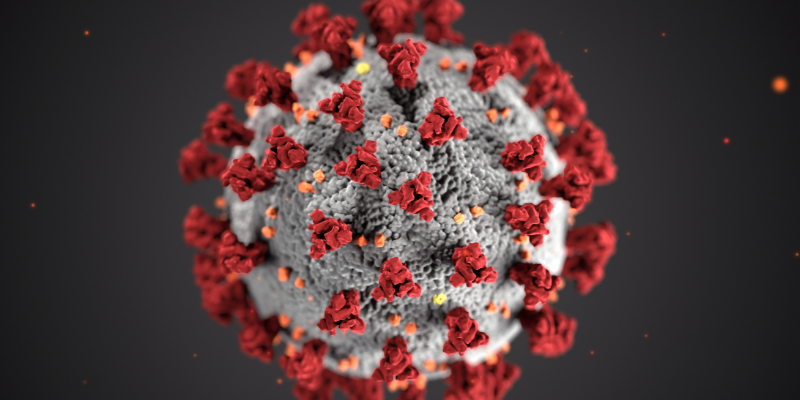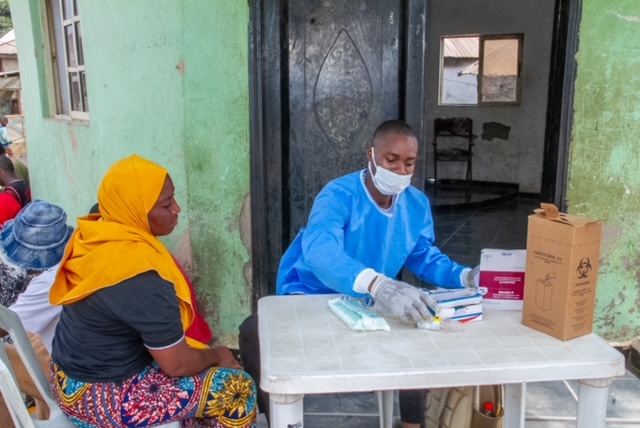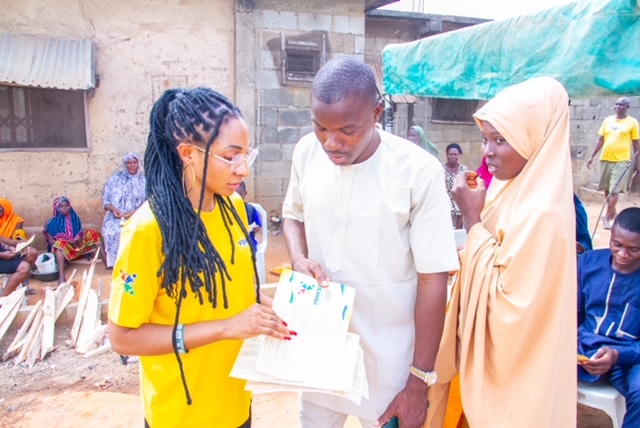Chioma Umahi
03 July 2024
No Comments
THE EMERGING MENACE: CHOLERA
Cholera is a serious disease that has been affecting humans for centuries. It’s a bacterial infection that can cause severe diarrhea and dehydration, and if not treated quickly, it can be deadly. Understanding cholera, its causes, symptoms, and how to prevent it is essential, especially for teens and young people who are the future leaders in global health.

What is Cholera?
Cholera is an infectious disease caused by the bacteria *Vibrio cholerae*. This bacterium produces a toxin that targets the intestines, leading to severe diarrhea. The primary source of cholera bacteria is contaminated water or food. When a person consumes something contaminated with *Vibrio cholerae*, the bacteria release toxins in the intestines, causing the body to expel large amounts of water and salts.
The History of Cholera
Cholera has been around for hundreds of years, with the first recorded pandemic occurring in 1817. Since then, there have been multiple cholera pandemics, affecting millions of people worldwide. The disease was particularly deadly in the 19th century, but even today, cholera remains a significant public health issue, especially in areas with poor sanitation and limited access to clean water.
How is Cholera Spread?

Cholera is typically spread through contaminated water and food. In areas where sanitation is poor, cholera can spread rapidly. Here are some common ways the disease can be transmitted:
1. Contaminated Water: Drinking water from a contaminated source is one of the most common ways to contract cholera. This can happen when sewage or waste contaminates the water supply.
2. Contaminated Food: Eating food that has been washed in contaminated water or handled by someone with cholera can also spread the bacteria.
3. Person-to-Person Contact: Although less common, cholera can spread through direct contact with an infected person or their feces.
Symptoms of Cholera
The symptoms of cholera can range from mild to severe. In some cases, people may not even realize they are infected. However, severe cases can lead to life-threatening dehydration. Here are the main symptoms to watch for:
- Watery Diarrhea: This is the most common symptom of cholera. The diarrhea is usually painless but can be very severe and lead to dehydration quickly.
- Vomiting: Many people with cholera experience vomiting, which can also contribute to dehydration.
- Dehydration: Symptoms of dehydration include dry mouth, extreme thirst, little or no urination, dizziness, and fatigue. In severe cases, dehydration can lead to shock and death if not treated promptly.
Who is at Risk?
Cholera can affect anyone, but certain factors can increase the risk of infection:
– Living in or Traveling to Areas with Poor Sanitation: People in regions with inadequate sewage and water treatment facilities are at higher risk.
– Lack of Access to Clean Water: Without clean drinking water, the risk of cholera increases significantly.
– Poor Hygiene Practices: Not washing hands regularly, especially before eating, can contribute to the spread of cholera.
– Weakened Immune System: People with weakened immune systems, such as the elderly, young children, and those with chronic illnesses, are more susceptible to severe infections.
Prevention and Treatment
Preventing cholera primarily involves improving water and sanitation conditions. Here are some key prevention strategies:
1. Access to Clean Water: Ensuring that communities have access to clean, safe drinking water is crucial. This can involve installing water treatment plants, using water purification tablets, or boiling water before drinking.
2. Proper Sanitation: Building and maintaining proper sewage systems can help prevent the contamination of water sources. Educating communities about the importance of using latrines and disposing of waste properly is also vital.
3. Hygiene Education: Teaching people the importance of handwashing with soap, especially after using the toilet and before eating, can significantly reduce the spread of cholera.
4. Food Safety: Ensuring that food is prepared and stored safely can help prevent cholera. This includes cooking food thoroughly, avoiding raw or undercooked seafood, and keeping food covered to protect it from flies.
If someone does contract cholera, early treatment is essential. The primary treatment for cholera is rehydration, which can be done through oral rehydration salts (ORS) or intravenous fluids in severe cases. Antibiotics may also be prescribed to help shorten the duration of the illness and reduce the severity of symptoms.
The Global Impact of Cholera
Cholera remains a significant health challenge in many parts of the world, particularly in developing countries. According to the World Health Organization (WHO), there are an estimated 1.3 to 4 million cases of cholera each year, resulting in 21,000 to 143,000 deaths. These numbers highlight the urgent need for improved water, sanitation, and hygiene (WASH) infrastructure in vulnerable communities.
The Role of Youth in Combating Cholera:
Teens and young people play a crucial role in the fight against cholera. Here are some ways you can make a difference:
1. Raise Awareness: Educate your peers and community about the importance of clean water and proper sanitation. Use social media, school projects, and community events to spread the word.
2. Volunteer: Get involved with local or international organizations that work to improve water and sanitation conditions in vulnerable areas. Volunteering can provide hands-on experience and make a tangible impact.
3. Advocate for Change: Advocate for policies that support clean water and sanitation initiatives. Write to your local representatives, participate in campaigns, and support organizations that work toward these goals.
4. Practice Good Hygiene: Lead by example by practicing good hygiene habits and encouraging others to do the same. Simple actions like washing hands regularly and ensuring safe food practices can go a long way in preventing cholera.
Conclusion
Cholera is a preventable and treatable disease, but it continues to pose a significant threat to public health, especially in areas with inadequate water and sanitation infrastructure. By understanding the causes and symptoms of cholera and taking steps to prevent its spread, we can work towards a future where cholera is no longer a threat. Young people, with their energy, creativity, and passion, have the power to make a significant impact in the fight against cholera. Together, we can create a healthier, safer world for everyone.
Recent Posts
- PRESS RELEASE YOHESOR Meets with NOA DG to Strengthen Collaboration on Youth Civic Engagement
- Ministry of Education Visits YOHESOR Office A Proud Moment for Us
- ICPC Partners with YOHESOR to Champion Values and Integrity Among Nigerian Youths
- YOHESOR Upcycling Contest FAQs & Application Guide
- Stay Safe, Stay Aware: What You Need to Know About Date Rape Drugs
Recent Comments



We are an independent, non-partisan, non-governmental organization dedicated to rigorous research and advocacy on youth health issues in Sub-Saharan Africa. Our commitment is to examine public policies, support processes, and disseminate best practices.
- Donate the amount you like
- Stay tuned about cause





Leave a Reply